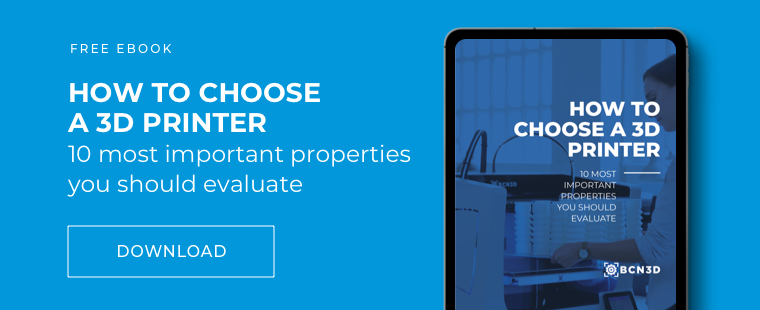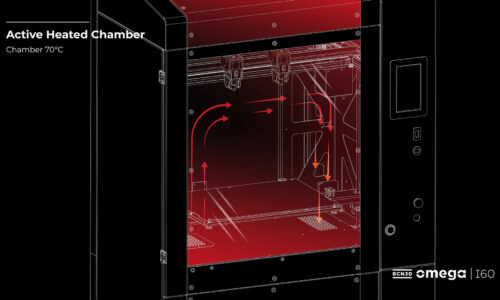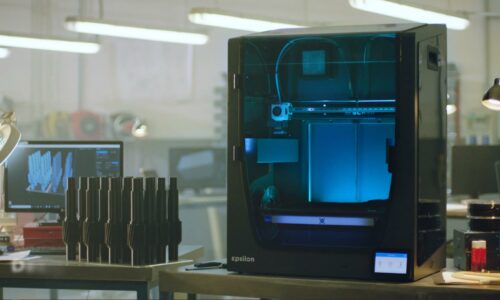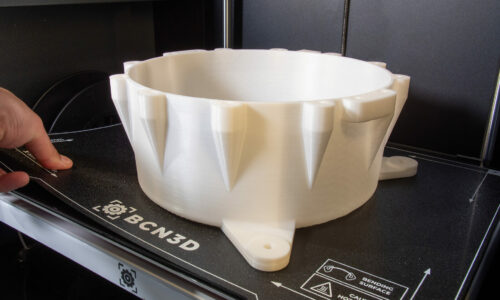3D Printing for Product Design: Benefits and Uses
It’s not an exaggeration to say that, in the last few years, 3D printing has truly revolutionized the product design industry.
3D printing transforms ideas into concepts faster than any other in-house manufacturing process, allowing designers to take their ideas from their computer screens into their hands in a matter of minutes or hours.
In this article, we’ll explore the different applications of 3D printing for product design and the benefits this technology brings to the industry.
Applications of 3D Printing for Product Design
3D printing has so many different applications in product design that it would be impossible to cover them all. Here are a few of the most common uses of 3D printing for product design:
Concepting
In the early stages of design development, it can be beneficial to have a physical model of the product to determine if this is the direction you want to go in. With a 3D printer, designers can print and visualize different design iterations quickly and at a low cost.
Physically conceptualizing an idea allows designers to compare, test, and understand the structural and visual qualities of their design. Similarly, if the product will have many different parts or features, 3D printed objects allow producers to check proportions and determine which pieces work best with each other.
Prototyping
After conceptualizing different ideas, the next step in the design process is creating prototypes. 3D printing for product designs allows designers to create functional prototypes faster than any other prototyping process.
This benefit comes to play for many different product design purposes. From designing fashion to cars, 3D printing is a game-changer when it comes to prototyping.
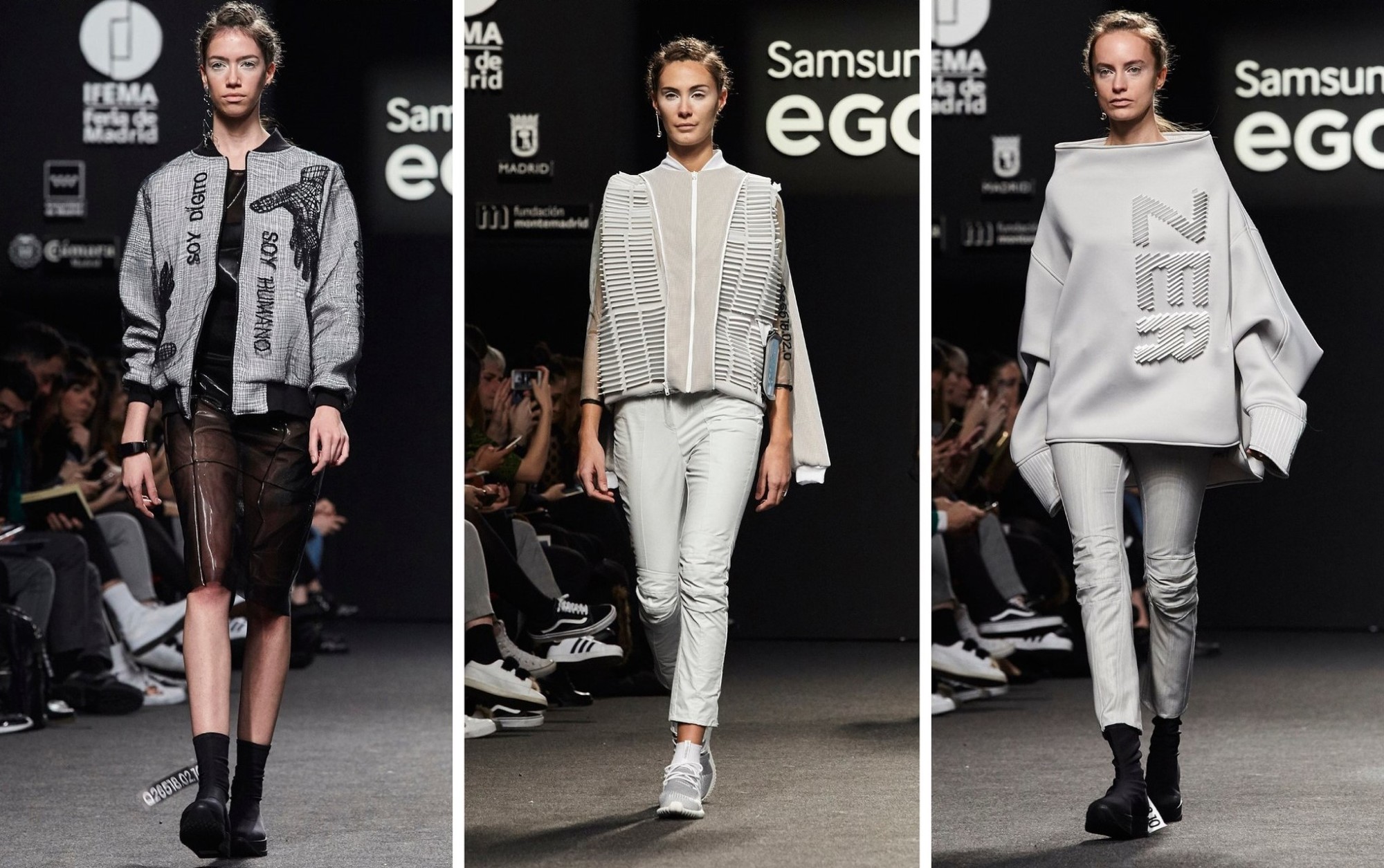
Having an in-house 3D-printer also significantly speeds up the prototyping process and even makes rapid prototyping a possibility. Instead of having to send design concepts to outsourced manufacturers, producers can keep their ideas in-house. 3D printers give designers the freedom to check and modify their prototypes as many times as needed and make adjustments right on the spot, without having to wait for a long period of time.
End-Use Production
Thanks to advanced technological advancements and industrial grade materials, it is possible to use 3D printing for end-use production as well. Producers can use 3D printers to develop small batches of fully functional products and objects.
Beyond products for consumers, designers can also create tools, jigs, and support pieces that aid in the final manufacturing process for the product. Even if the final product itself is not made using 3D printing, its production can be aided by materials specifically created for its manufacturing.
Benefits of 3D Printing in Product Design
Improved Workflow
By keeping the conception, prototyping, and even tooling processes in-house, the typical product design workflow gets drastically optimized for better designing and testing. The process is also significantly sped up. 3D printers release design departments from having to rely on an outside manufacturer and depending on their time, but instead allows designers to come up with ideas and solutions faster.
Reduced Costs
A huge benefit of 3D printing in the design space is its cost-effectiveness. Creating models, prototypes, and different iterations can get very costly with traditional modeling methods or outsourcing. While a 3D printer may be an investment initially, it pays for itself in the end.
Better Testing and Freedom
With reduced costs and saved time, comes more options to create. That is to say, another benefit of 3D printing for product design is the ability to create optimized testing and real-time fixes. 3D printing for product design helps designers get a better idea of how a part or product will functionally work and thus enables them to make any iterations needed before committing to a single idea. The ability to quickly print out a new piece or form without any time or budget constraints allows manufacturers to test as many ideas and iterations as they need.
Conclusion
3D printing is one of the best tools for the design industry. It opens up a world of possibilities in terms of building concept models and functional prototypes, cuts costs, and waiting times, and allows designers to come up with better solutions and test their designs in real-time.


